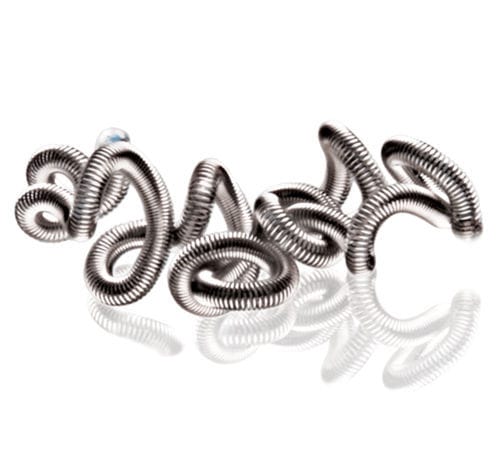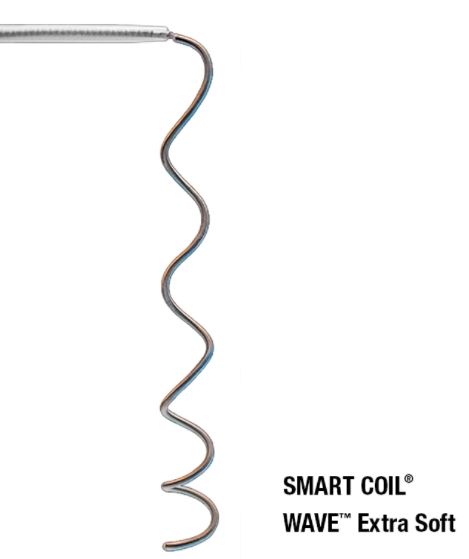Caution: Federal (USA) law restricts this device to sale by or on the order of a physician. Prior to use, please refer to the Instructions for Use for complete product indications, contraindications, warnings, precautions, potential adverse events, and detailed instructions for use.
Indication For Use
The Penumbra Smart Coil System is indicated for the embolization of:
• Intracranial aneurysms
• Other neurovascular abnormalities such as arteriovenous malformations and arteriovenous fistulae
• Arterial and venous embolizations in the peripheral vasculature
Contraindications
There are no known contraindications.
Warnings
The Penumbra Smart Coil System should only be used by physicians who have received appropriate training in interventional techniques.
Precautions
• The device is intended for single use only. Do not resterilize or reuse. Resterilization and/or reuse may compromise the structural integrity of the device or increase the risk of contamination or infection leading to device failure and/or cross-infection and potential patient injury, illness, or death.
• Do not use kinked or damaged devices. Do not use opened or damaged packages. Return all damaged devices and packaging to the manufacturer/distributor.
• Standard and Soft configurations of Smart Coils are designed with Nitinol wire inside the platinum outer coil. The safety and effectiveness of this device has not been evaluated in patients with Nitinol allergy.
• Use prior to the “Use By” date.
• Use device in conjunction with fluoroscopic guidance.
• Do not advance or withdraw the device against resistance without careful assessment of the cause using fluoroscopy.
• Moving or torquing the device against resistance may result in damage to the vessel or device.
• Maintain a constant infusion of an appropriate flush solution.
Potential Adverse Events
Potential complications include but are not limited to:
acute occlusion; air embolism; allergic reaction and anaphylaxis from contrast media; aneurysm rupture; arteriovenous fistula; coagulopathy; coil herniation into parent vessel; death; device malfunction; distal embolization; emboli; embolic stroke and other cerebral ischemic events; false aneurysm formation; hematoma or hemorrhage at access site of entry; incomplete aneurysm occlusion; infection; intima dissection; intracranial hemorrhage; ischemia; myocardial infarction; neurological deficits including stroke; parent artery occlusion; peripheral thromboembolic events; post-embolization syndrome; premature device detachment; recanalization; renal failure; respiratory failure; revascularization; thromboembolic episodes; vessel spasm, thrombosis, dissection or perforation


